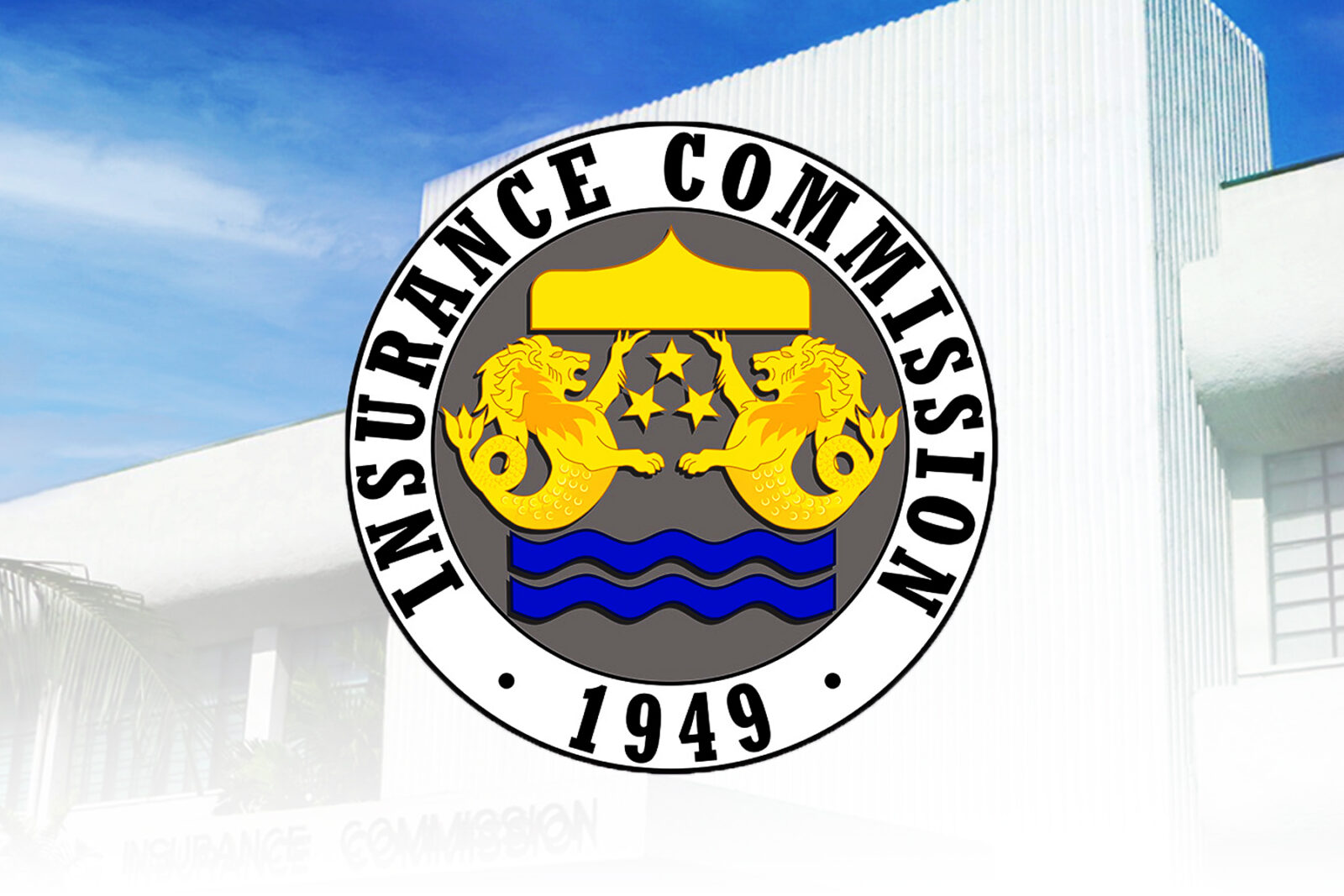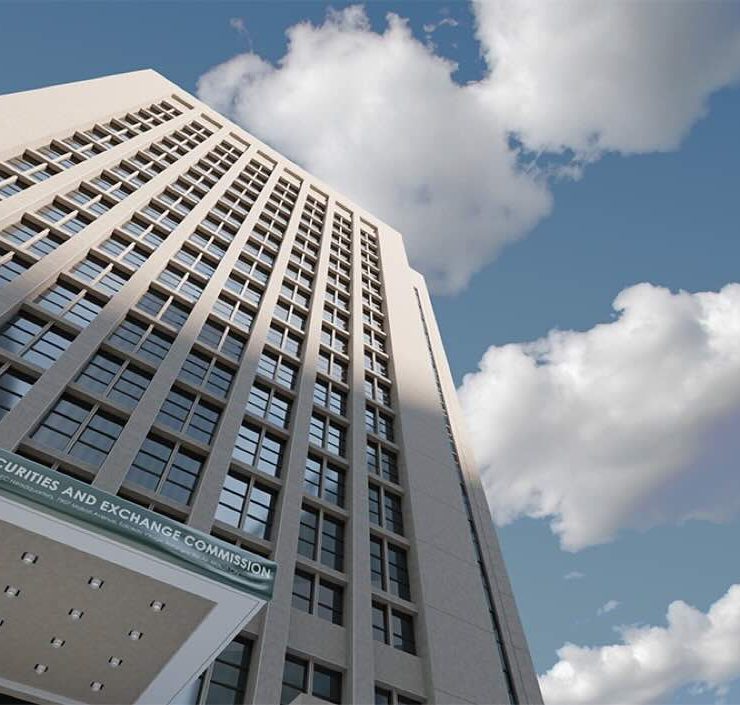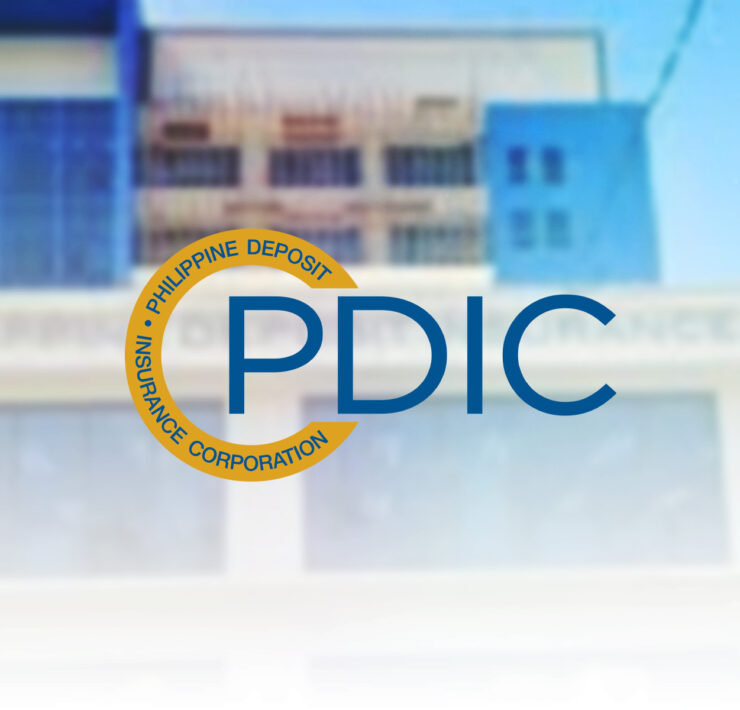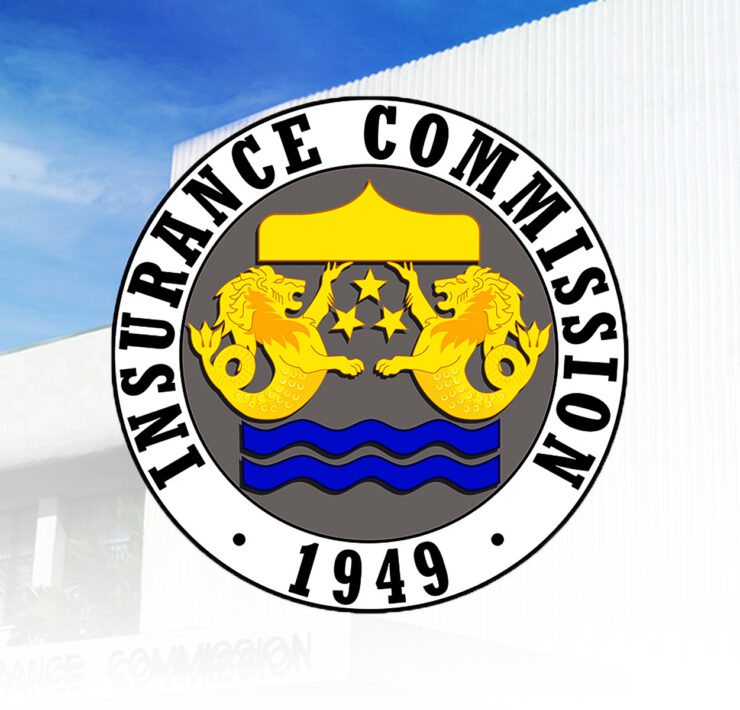In the pink of health: HMO industry doubled H1 profits

Profits of health maintenance organizations (HMOs) more than doubled in the first half, as fatter premium collections lifted revenues, which outpaced the rise in benefits payments and claims.
Latest data from the Insurance Commission (IC) showed the HMO industry had netted P1.47 billion from January to June, surging by 131.12 percent from a year earlier.
Revenues grew by 21.36 percent to P47 billion, driven by the 25.23-percent increase in membership fees to P45.79 billion.
But at the same time, benefits and claims paid to help sick members foot their medical bills also went up by 19.63 percent to P36.29 billion. Including income taxes, total expenses of HMOs jumped by 19.53 percent to P45.56 billion.
“Despite the big increase in the payout of health-care benefits, the HMO industry continued its return to profitability due to higher revenues,” the IC said.
Last year, the HMO industry finally returned to profitability after two consecutive years of losses as membership fees increased.
This, in turn, translated to a healthier balance sheet for the sector. Total assets of HMOs grew by 21.14 percent to P83.91 billion in the first half, while equity edged up by 6.57 percent to P11.66 billion.
However, total liabilities to members also rose by 23.88 percent to P72.25 billion.
IC commisssioner Reynaldo Regalado floated the idea of transferring oversight of HMOs to another regulator, nearly a decade after the industry had been placed under the commission’s watch, citing challenges in supervising a complex but critical sector. Even so, the IC expects HMOs to play a larger role in the national health-care system.
Five years after the Universal Health Care law was enacted, government spending still covers less than half of the country’s health expenditures, forcing many Filipinos to pay out of pocket and turn to HMOs for coverage.
Data showed that 12.6 percent, or P181.1 billion, of total health-care spending in the country last year had come from “voluntary health-care payment schemes,” including HMO coverage. Out-of-pocket household spending made up the largest share at 42.7 percent, while government spending accounted for 44.7 percent.





















